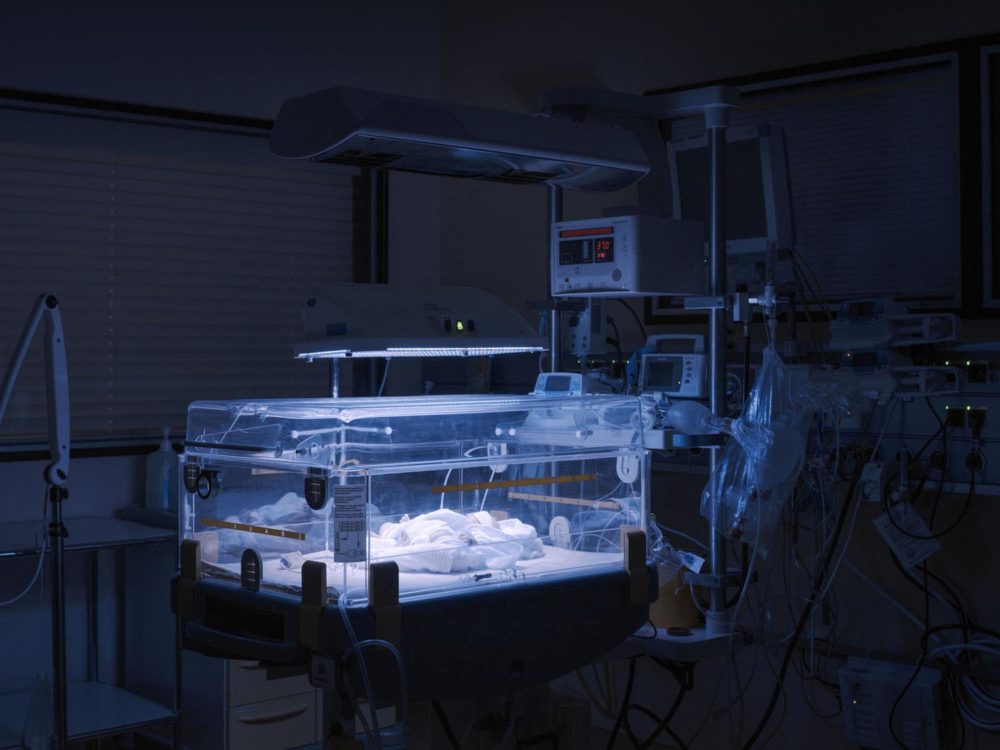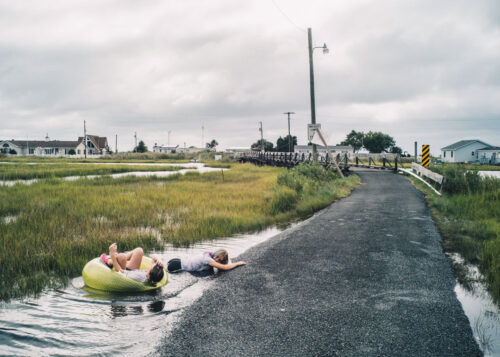Picture Series
Volker Crone About the End of Darkness
On the night of 17 January 1994, the power went out after an earthquake in the megalopolis of Los Angeles. Shortly thereafter, the city’s emergency call centres received many calls. The callers reported that they had seen huge, extraordinary silvery clouds in the night sky. The sudden darkness and complete absence of electric light had made the Milky Way visible. The invention of gas lamps and, later, electric lighting allowed artificial illumination to penetrate all areas of life. Since then, society has increasingly moved away from natural circadian rhythms. As always, night stands for the evil and the hidden. In contrast, light symbolises awareness, protection and knowledge. The night sky is constantly dimmed by light emissions; a clear view of the sky is not possible. With this photoessay, Volker Crone questions the constant availability of light.
- Artificiality
- Optimisation
- Science

*1988 in Papenburg, Germany
After working as a postman, night porter and assembly-line worker, and breaking off his study of Philosophy, Volker Crone studied Photojournalism and Documentary Photography at Hanover University of Applied Sciences and Arts. His conceptual, documentary-photographic work won both the Newcomer Award at the Photo Festival Horizonte Zingst and the BFF Promotional Award in 2018. In 2019, Crone was awarded the Acatech PUNKT Prize for technique photography.


















